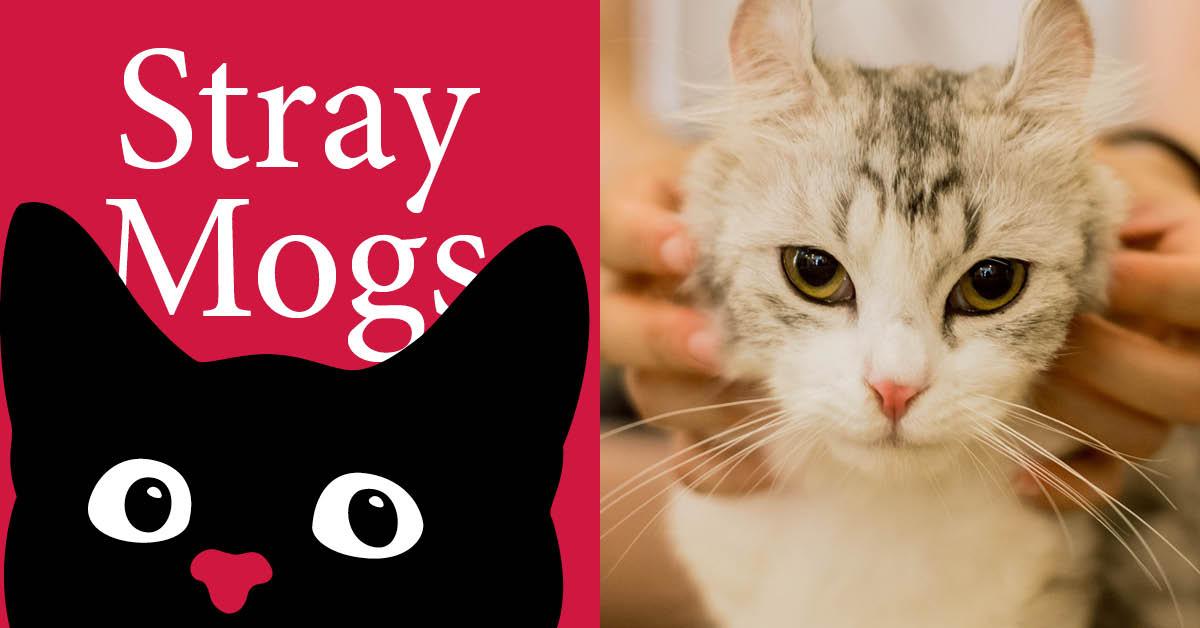Subscribe to trusted local news
In a time of both misinformation and too much information, quality journalism is more crucial than ever. By subscribing, you can help us get the story right.
- Subscription costs less than £1 a week with an annual plan.
Already a subscriber? Log in here.
09
Oct 2021
Stray Mogs: C.A.T. friendly interactions

 Sue Hartley has a background in psychology and clinical animal behaviour and has been helping cats for over 10 years. Through a successful cat care business, volunteering with Cats Protection, as the Feline Welfare Manager at Battersea Dogs and Cats Home in London and now as a cat behaviourist in Harrogate through her business The Understood Cat.
Sue Hartley has a background in psychology and clinical animal behaviour and has been helping cats for over 10 years. Through a successful cat care business, volunteering with Cats Protection, as the Feline Welfare Manager at Battersea Dogs and Cats Home in London and now as a cat behaviourist in Harrogate through her business The Understood Cat.
Some cats love to spend hours on your lap being stroked whilst others prefer only the briefest of chin tickles.
During interactions, some cats may quickly become over stimulated or find some forms of touch unpleasant or overwhelming, leading to a cat avoiding interacting, tolerating rather than enjoying the interaction, or sometimes behaving aggressively to get you to stop (for example by swiping).
Following the C.A.T. acronym helps you interact in a way that your cat will feel comfortable with, reduces the chances of you being scratched or bitten, and can encourage your cat to initiate more interactions with you. The C.A.T. approach was developed by Dr Lauren Finka, research associate at Nottingham Trent University, whilst advising Battersea Dogs and Cats Home on how to reduce stress for their cats.
This approach gives your cat choice, so they feel more in control during interactions. It’ll work with cats who enjoy lots of contact but may quickly become over stimulated, as well as for cats who are on the timid side.
Read More:
C: provide your cat with choice and control during the interaction
Gently offer your hand to your cat, allow them to approach you, and let them choose if they want to interact or not. If your cat wants to be touched, they will rub against you. If they don’t make contact, they probably don’t want to be touched right now.
Allow your cat to control how much you stroke them by briefly pausing every 3-5 seconds to ‘check-in’ with your cat. When you stop stroking them, do they rub against you to ask for more? If not, they may be ready for a break.
A: pay attention to your cat’s behaviour and body language
The following signs suggest your feline friend is feeling uncomfortable. If you see any of these, pause for a moment and let your cat decide if they want to continue to interact:
- Your cat moves away from you.
- Their ears become flattened or rotate backwards.
- They shake their head.
- The fur on their back appears to ripple.
- They lick their nose.
- They go a bit still and stop purring or rubbing against you.
- They sharply turn their head to face you or your hand.
- They suddenly start grooming themselves, lasting only a few seconds.
T: think about where you’re touching your cat
Most friendly cats prefer being touched under their chin, around their cheeks and at the base of their ears. Try to stick mainly to these areas.
Avoid the base of the tail and tummy, and be cautious when touching your cat’s back, legs and tail. Pay close attention to their body language to see if they appear comfortable.
- Green: Areas to focus on.
- Yellow: Some cats will like these areas being touched, some won’t. Pay close attention to your cat’s body language if touching these areas.
- Red: Most cats won’t like being touched here – try to avoid these areas.
Avoid interacting with your cat when they’re hiding, eating, sleeping, playing with a toy on their own, or when they seem frightened, frustrated or in pain. If you think your cat could be in pain, contact your vet.
0